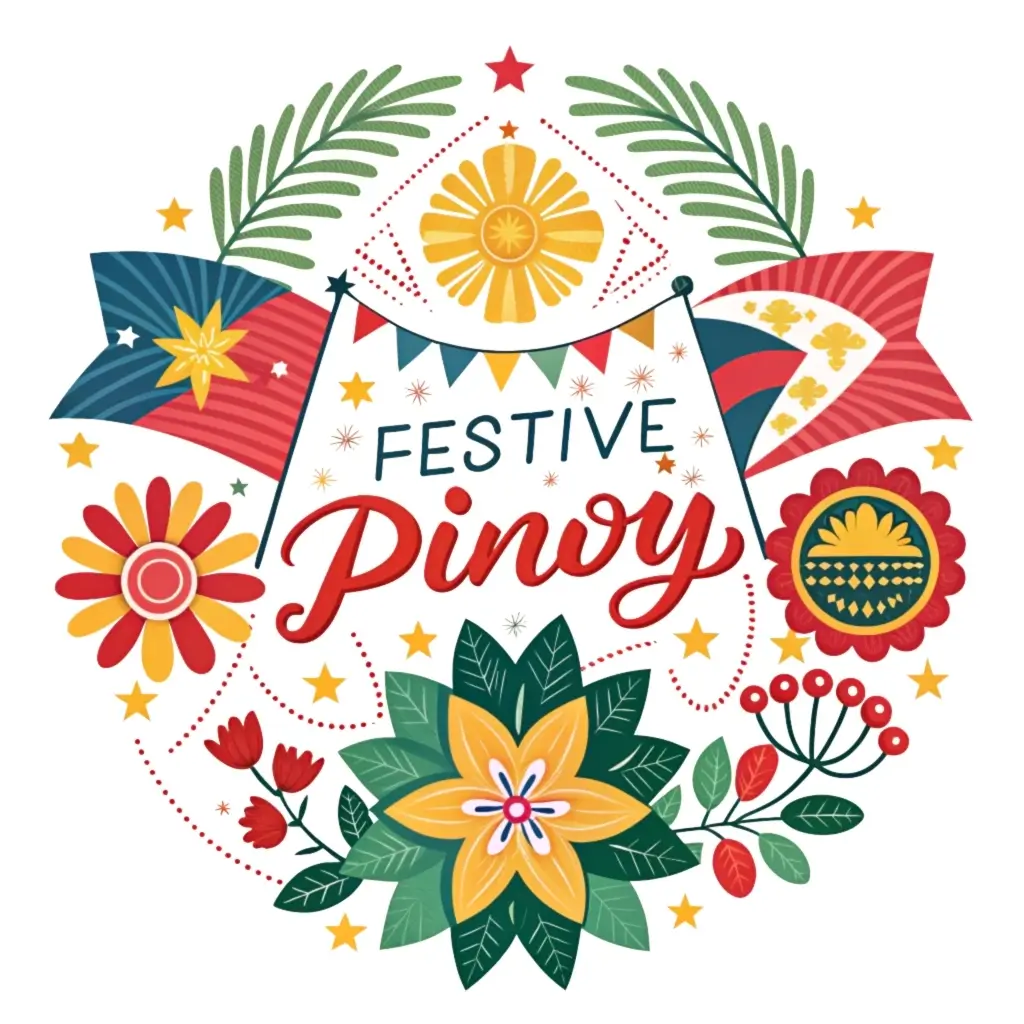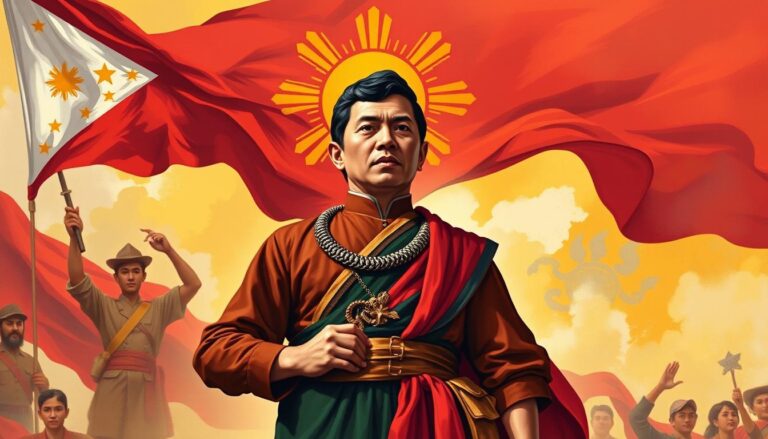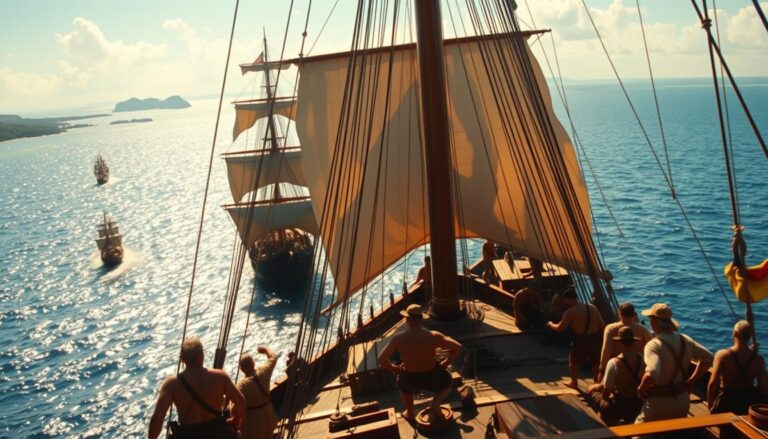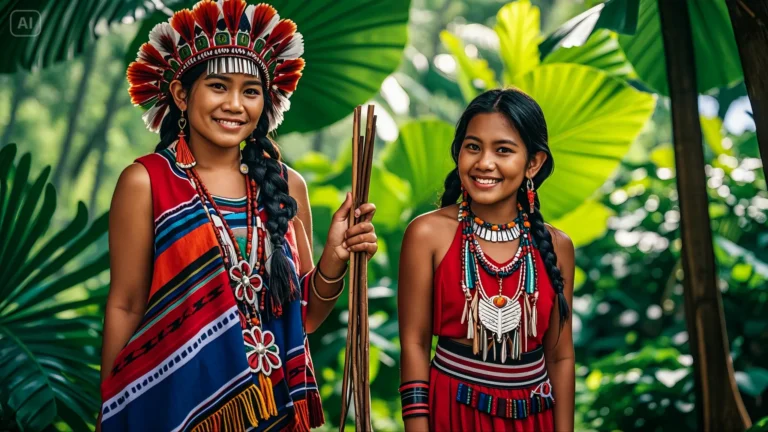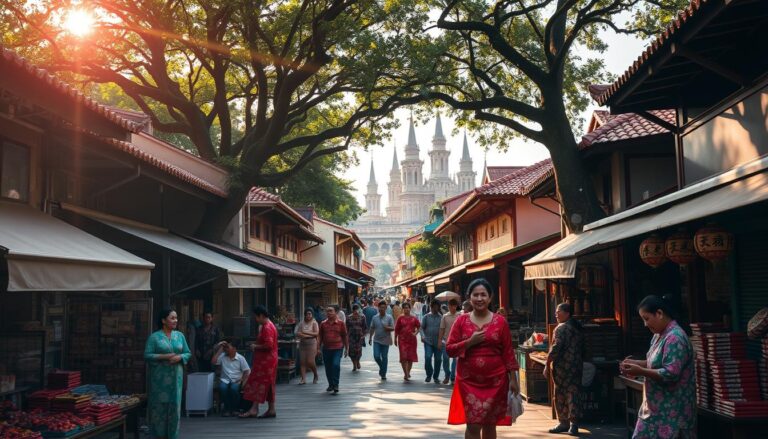Unveiling the Richness of Pre-Colonial Philippines
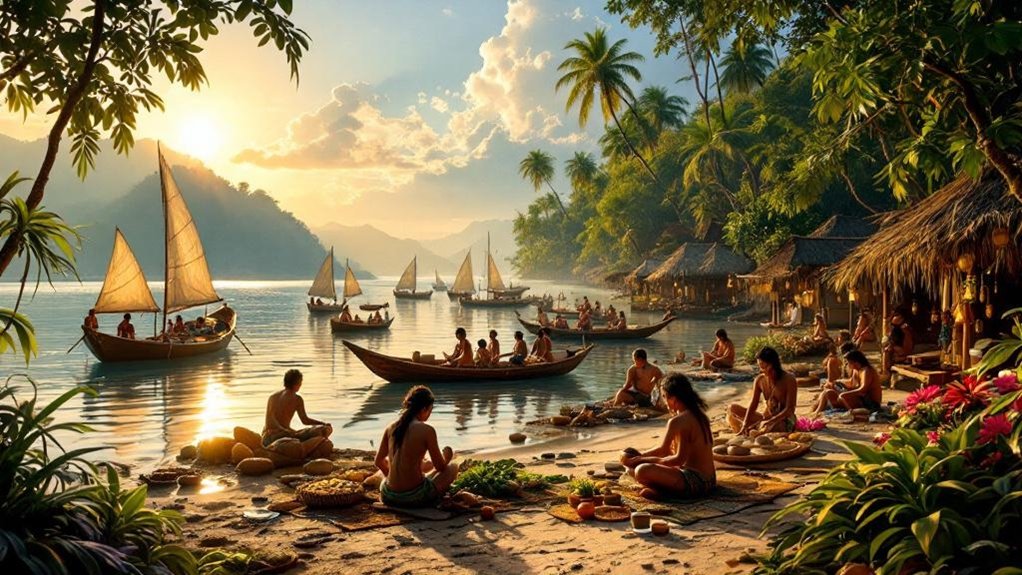
Pre-colonial Philippines comprised self-governing barangays led by datu chiefs, supported by councils and marked by distinct social classes like maharlika and alipin. Agricultural advances such as rice terraces fostered economic growth and sustained trade with Asia. Indigenous martial arts showcased weapon craftsmanship, while spiritual beliefs centered on nature spirits and rituals led by shamans. Maritime trade linked the islands to distant cultures, enriching local life. Exploring further reveals deeper insights into these complex, interconnected traditions.
Early Societies and Social Organization
Pre-colonial Philippine societies were composed of small, self-governing communities called barangays, each led by a chief known as a datu.
Barangay governance involved the datu managing political, judicial, and religious matters, supported by a council of elders.
Social hierarchy was clearly defined, with nobles called maharlika, commoners known as timawa, and dependent classes or slaves termed alipin.
Pre-colonial society featured a clear social hierarchy: maharlika nobles, timawa commoners, and alipin dependents.
Kinship and trade influenced these roles, shaping community interactions and responsibilities.
This structured system allowed barangays to function independently yet maintain social order, reflecting a complex and organized society long before external influences arrived in the archipelago.
Agricultural Innovations and Economic Growth
By the 13th century, agricultural practices in the Philippine islands had evolved considerably, fostering economic growth and supporting expanding communities. Innovations such as irrigation systems and swidden farming promoted agricultural sustainability by maintaining soil fertility and ensuring steady food supplies.
The Ifugao rice terraces exemplify these techniques, showcasing adaptation to mountainous terrain. Surplus harvests from staple crops like rice and root vegetables enabled participation in extensive trade networks connecting the islands to China and India.
These networks facilitated the exchange of goods and ideas, further stimulating economic prosperity and cultural development across the archipelago during this period.
Indigenous Martial Arts and Weaponry
Many indigenous Filipino warriors developed specialized martial arts that emphasized skillful weapon-based combat, reflecting both practical defense needs and cultural values.
These martial techniques were not merely about fighting but also about expressing identity through weapon symbolism. Key elements included:
Martial techniques transcended combat, serving as powerful expressions of identity through the symbolism of weapons.
- Kris, a wavy-edged sword symbolizing bravery and craftsmanship, often personalized by local traditions.
- Kampilan, a long blade coated with poison, representing lethality and warrior status.
- Balaraw, a versatile dagger used in close combat, embodying agility and precision.
Protective gear like carabao-hide breastplates showed innovation in defense, completing a rich martial culture.
Maritime Trade Networks and International Links
Although separated by vast seas, the islands that make up the Philippines were deeply connected to neighboring regions through extensive maritime trade networks.
These maritime routes facilitated trade exchanges with places like China, India, Japan, and the Maldives, allowing the flow of goods such as rice, textiles, and spices.
Skilled Filipino navigators used vessels like karakoa and praos to traverse these waters, showcasing advanced maritime technology.
These connections not only enhanced the local economy but also encouraged cultural exchange, influencing social structures and traditions.
As a result, the Philippines thrived as an essential hub in Southeast Asia’s complex web of maritime trade.
Spiritual Beliefs and Ritual Practices
Spiritual beliefs in pre-colonial Philippines were deeply rooted in animism, where natural objects like trees, rivers, and mountains were thought to be inhabited by spirits.
In pre-colonial Philippines, spirituality centered on animism, believing spirits lived within nature’s elements.
Shamans played a crucial role, conducting rituals that held great ritual significance to communicate with these spirits. Spiritual healing was central, often involving chants, offerings, and sacred herbs.
Key elements included:
- Invocation of nature spirits to bless crops and communities.
- Rituals marking life events such as birth, marriage, and death.
- Use of amulets and talismans for protection.
These practices reflected a profound connection to nature and the unseen world.
Artistic Traditions and Cultural Expressions
Artistic traditions in pre-colonial Philippines served as vibrant expressions of cultural identity, reflecting both everyday life and spiritual beliefs. Indigenous communities developed intricate weaving techniques, producing textiles with symbolic patterns representing their heritage.
Pottery styles varied among regions, showcasing functional designs that also held cultural significance during rituals or daily use. These crafts were not merely utilitarian but embodied social status and community values.
Through weaving and pottery, pre-colonial Filipinos preserved stories and beliefs, linking generations. Such artistic expressions offered insight into their worldview, emphasizing creativity and cultural continuity in a diverse and evolving society.
Harmonious Relationship With Nature and Environment
Because ancient Filipino communities depended heavily on their natural surroundings, they developed a deeply respectful and balanced approach to the environment. Their harmonious relationship with nature emphasized sustainable practices and biodiversity conservation, ensuring resources were used wisely.
Key aspects include:
- Integration of agriculture with natural ecosystems, avoiding overexploitation.
- Rituals and beliefs honoring spirits in natural elements, fostering environmental stewardship.
- Use of indigenous knowledge to maintain soil fertility and protect wildlife habitats.
These practices allowed communities to thrive while preserving the environment, reflecting a sophisticated understanding of ecological balance and respect for nature’s gifts.
Final Thoughts
Pre-colonial Philippine societies demonstrated remarkable complexity through their organized communities, advanced agriculture, and skilled craftsmanship. Their maritime trade connected them widely, enriching cultural and economic life. Spiritual beliefs deeply influenced daily practices, while artistic and martial traditions reflected their identity and values. This interconnectedness with nature and neighboring regions highlights a resilient and adaptive culture. Understanding these elements offers valuable insight into the rich heritage that shaped the Philippines long before colonial influence.
